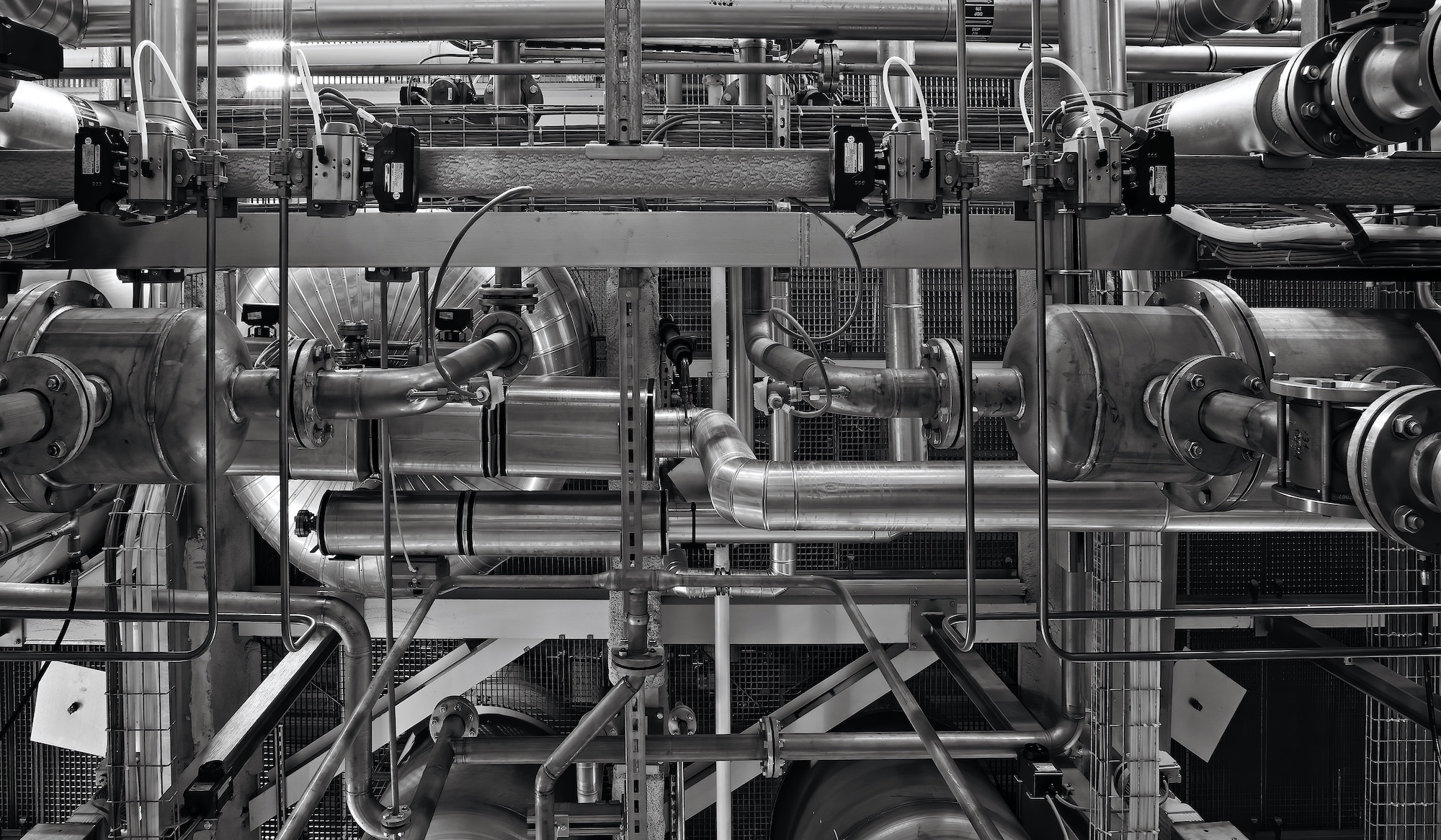

What’s the Problem?
- American financial markets are failing to channel adequate resources to strengthening critical industries, the defense industrial base, and infrastructure.
- Private firms often lack the financial incentives to invest in long-term, capital-intensive industrial projects, and the U.S. lacks a vehicle to coordinate industrial investment around national strategic goals.
- Without sufficient investment in industrial strength, American economic resilience, innovation, and security all suffer.
Public-Purpose Finance
For decades, the United States helped establish development banks and fund large infrastructure and industrial projects around the world. It has neglected to make the same investments at home. American attempts to fund infrastructure and industrial development are piecemeal, cobbled together in a variety of bills, programs, and departments for short- to mid-range projects. New laws authorizing much-needed investments in critical industries, like the CHIPS Act, can take years to pass.
Private firms and investors in financial markets hesitate to take on ambitious industrial projects, citing high upfront costs, long time horizons, and uncertainty of returns. Even when firms are willing to engage in public-private partnerships, unnecessary bureaucratic barriers and naked politicization can discourage engagement. Net domestic business investment has been steadily declining as a share of GDP, core infrastructure needs are going unmet, and the industrial base has been hollowed out.
What’s the Solution?
Congress should establish a national development bank to finance long-term, capital-intensive projects vital to national economic and security priorities.
The bank would attract private capital by using a federal equity commitment to reduce risk and increase returns for investors. Its capabilities should include direct debt issuance, credit and completion guarantees, equity lending, syndication authority, and technical assistance. Its policy mandate should focus on reshoring domestic manufacturing, strengthening the defense industrial base, modernizing the commercial maritime industry, and expanding and securing critical infrastructure.
Restoring the American System
In the words of Alexander Hamilton, “the public purse must supply the deficiency of private resource.” With access to public capital as an implicit subsidy, a development bank could attract large sums of private capital and employ a coherent, fast-moving approach to deploy it toward ambitious projects.
Dozens of national development banks worldwide have successfully deployed trillions of dollars to support local industries. The European Investment Bank achieved a 15:1 ratio of private to public capital deployment, credited with creating more than 1.7 million jobs.
Most stand-alone development banks operate with a “callable capital” model, funding their activities through tax-advantaged debt backed by an implicit government guarantee. The bank’s cheap financing makes feasible a range of projects that the private sector has eschewed, all with limited systemic risk. No major national or multilateral development bank has ever sustained major losses. An American development bank with $100 billion in callable capital may be able to mobilize as much as $1.5 trillion in private funds within a few years. Callable capital represents the most taxpayers could ever owe—though if history is any guide, public cost would most likely be zero.
Frequently Raised Objections
“Government has no role financing private industry.”
The founders envisioned a government capable of financing public investments, and the federal government already offers numerous forms of public financing assistance for manufacturing and innovation. The question is not whether to do this—we already do, and we always have. The question is how to do it more effectively.
“There are already federal programs to finance industry and innovation.”
Existing programs are often too narrowly structured and too tightly constrained to adequately attract private capital to ambitious industrial projects, while being scattered among too many agencies and departments to promote coordinated strategy. A domestic development corporation would provide more flexibility in how to finance critical projects, while also providing strategic coherence in which projects to support.
“This just sounds like a federal loan guarantee to promote irresponsible investments.”
Where the public value of projects exceeds the return to investors, as in the case of major industrial and infrastructure projects, private markets will deploy much less than the desirable and economically appropriate amount of capital. Subsidizing investment or making public investments directly is necessary and efficient. The advantage of a development bank is that it combines judgments in the public interest about where to invest with accountability to the private market for doing so well, at a much lower cost than paying others to make the investments themselves.
Further Reading
- Terrence Keeley. “On Infrastructure Financing.” American Compass, 2020. A policy essay outlining the history and benefits of a national development bank.
- Wells King. “Rediscovering a Genuine American System.” American Compass, 2020. An introduction to the American System and the role of public policy directing and financing private enterprise.
- Oren Cass. “The Rise of Wall Street and the Fall of American Investment.” American Compass, 2021. An overview of how financialization leads to unproductive investments.
Recommended Reading
Issues 2024: Industrial Policy
A strong industrial base is vital to workers and their communities, the rate of technological and economic progress, and national security.
Policy Brief: Local Content Requirements
Spur private investment, innovation, and competition by guaranteeing demand for domestic production
An Industrial Policy by any Another Name…
The opinion pages of both the Financial Times and Wall Street Journal have featured calls for industrial policy in the past week, an encouraging trend toward realism about the necessary role for government in a free-market economy.












